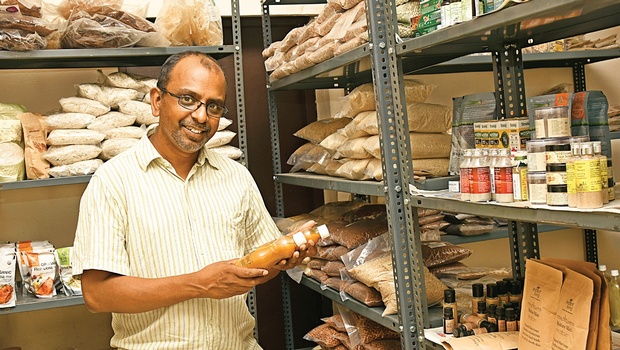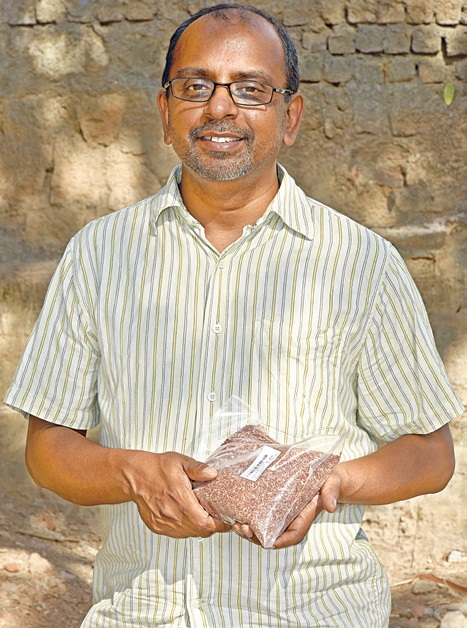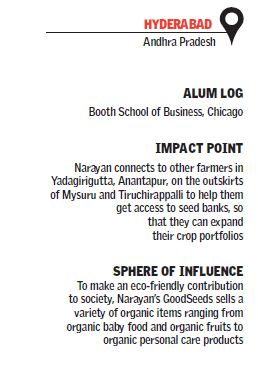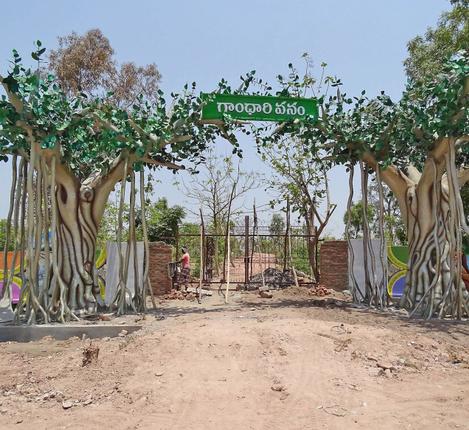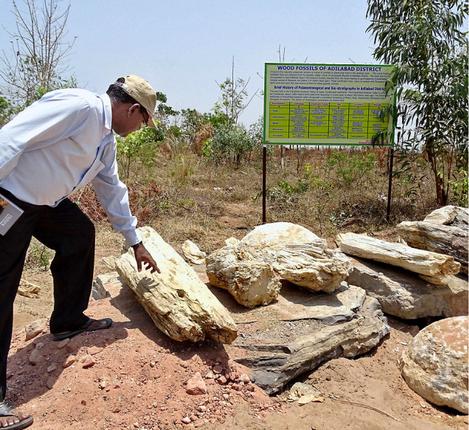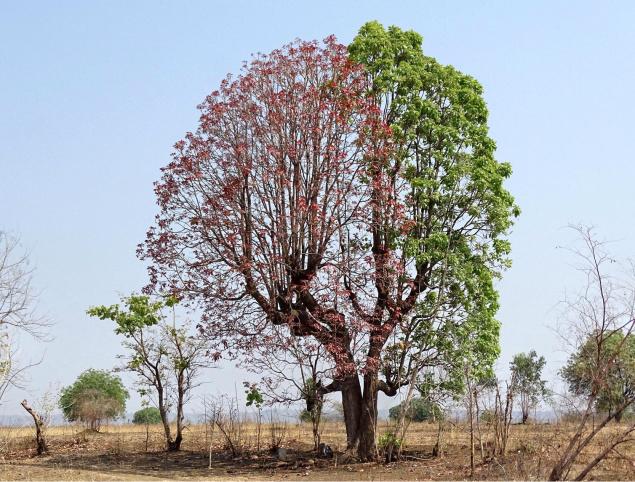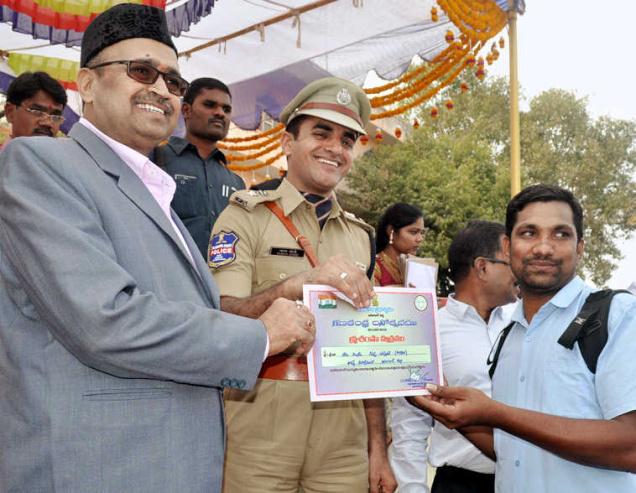Hyderabad:
The KBR Park is known for its bio-diversity and wildlife. Spread over 400 acres, it is a virtual forest in the midst of a burgeoning metropolis, home to hundreds of species of flora and fauna. It is a part of Hyderabad’s over 400-year-old heritage – which includes gardens, lakes and its cosmopolitan culture.
Originally known as Chiran Palace, the park was the residence of Prince Mukarram Jah and was later rechristened after former chief minister Kasu Brahmananda Reddy after its acquisition under the Urban Land Ceiling Act.
Till the late 1990s, I remember, the KBR Park was surrounded by a nine-kilometre compound wall. This wall was demolished when the then TDP government in united AP began road widening around the park, and NTR Trust Bhavan and a cancer hospital of NTR family came up nearby.
This was the first blow dealt to the park, a mini-Deccan ecosystem.
It is true that the city has grown manifold in the last six decades.
As an economic hub, Hyderabad has great potential to become a global city. It needs a massive step-up in its civic infrastructure to cater to the burgeoning population. An upgradation of road network and better traffic management are key elements of de velopment plans envisaged for this sprawling city .
For this, government has drawn up the Strategic Road Development Program to meet the longterm needs of the city.
However, while taking up these works, the government has to ensure that the eco-system of KBR Park remains unaffected as it is the city’s natural heritage.True, development of civic infrastructure is the need of the hour.
But equally imperative is the preservation of this natural habitat in the midst of urban sprawl.I would urge the authorities to ensure that the eco-system of this natural heritage be preserved, not harmed in any way .
Without eating into land spaces of the park, the authorities need to work out alternative proposals for the six multi-level grade separators to be constructed at six junctions around KBR Park.
Already , disappearance of gardens and lakes from this city over the decades has turned it into a tropical hotbed. Every successive summer seems to make the city hotter with soaring temperatures.
We definitely need better roads and junctions and traffic management but not at the cost of our natural, cultural and architectural heritage. KBR Park and all other green spaces in the city must be preserved to make Hyderabad a liveable city again.
(The author is MIM president and Lok Sabha MP)
source: http://www.timesofindia.indiatimes.com / The Times of India / News Home> City> Hyderabad / Asaduddin Owaisi / May 26th, 2016
